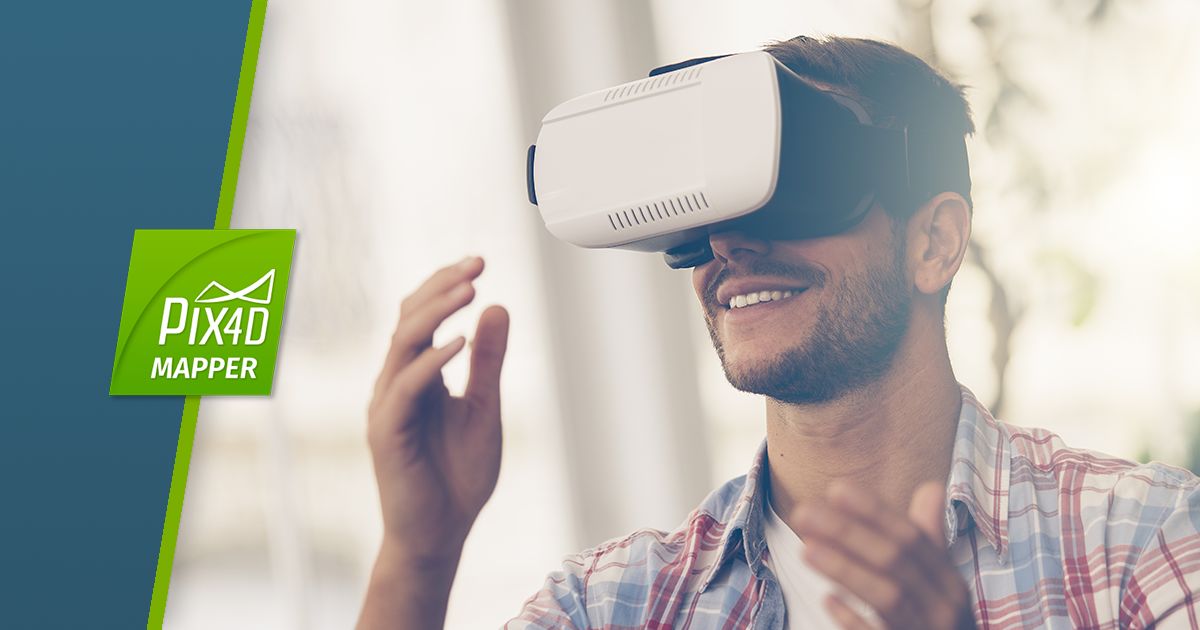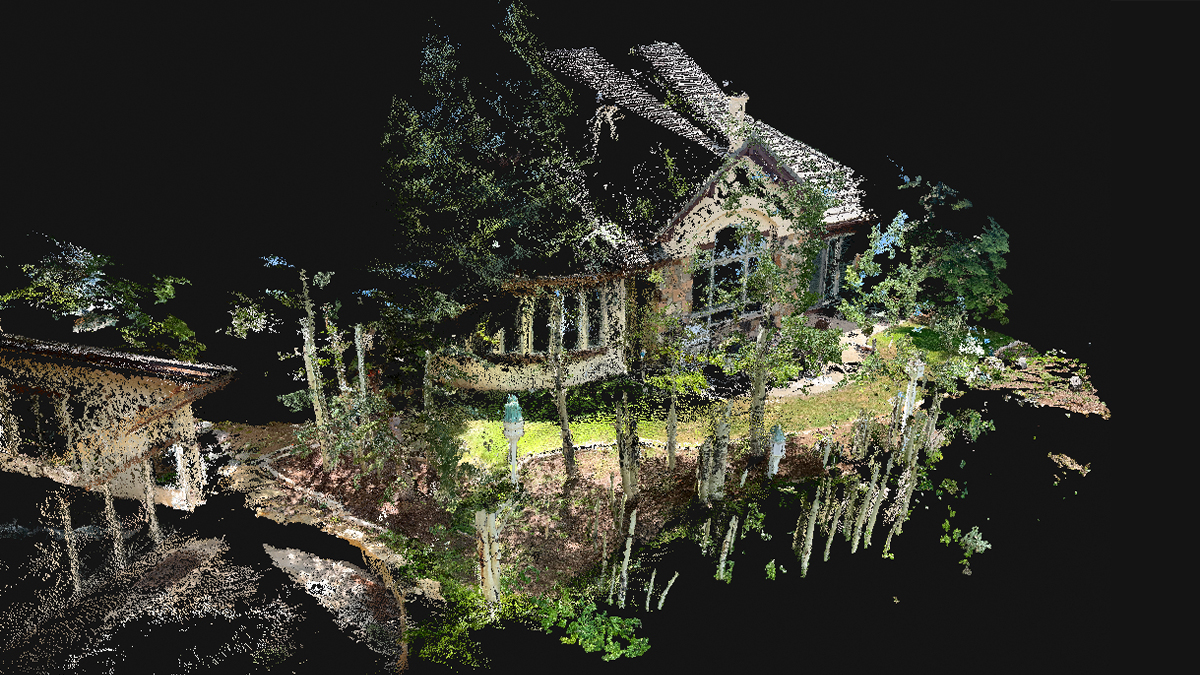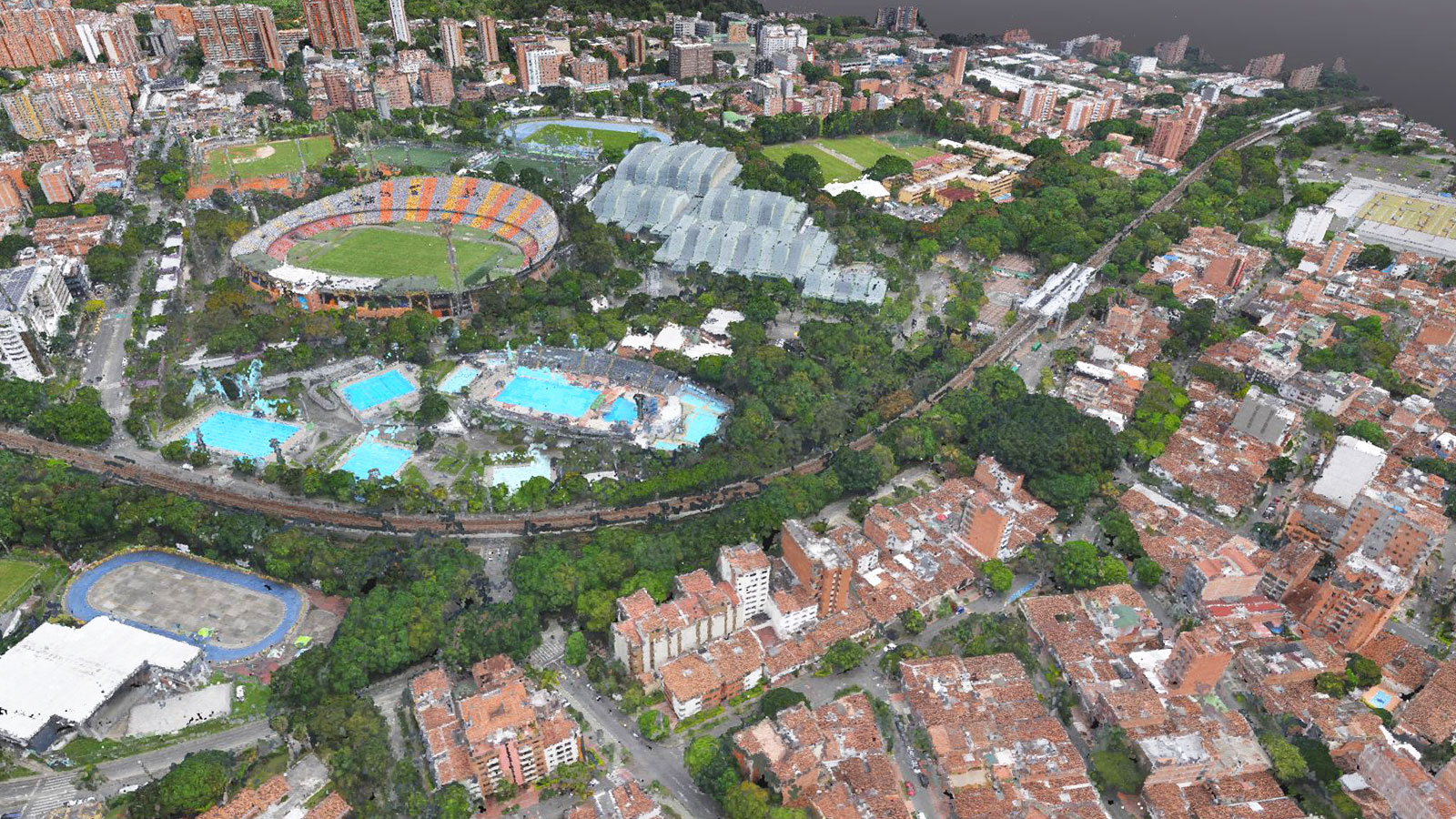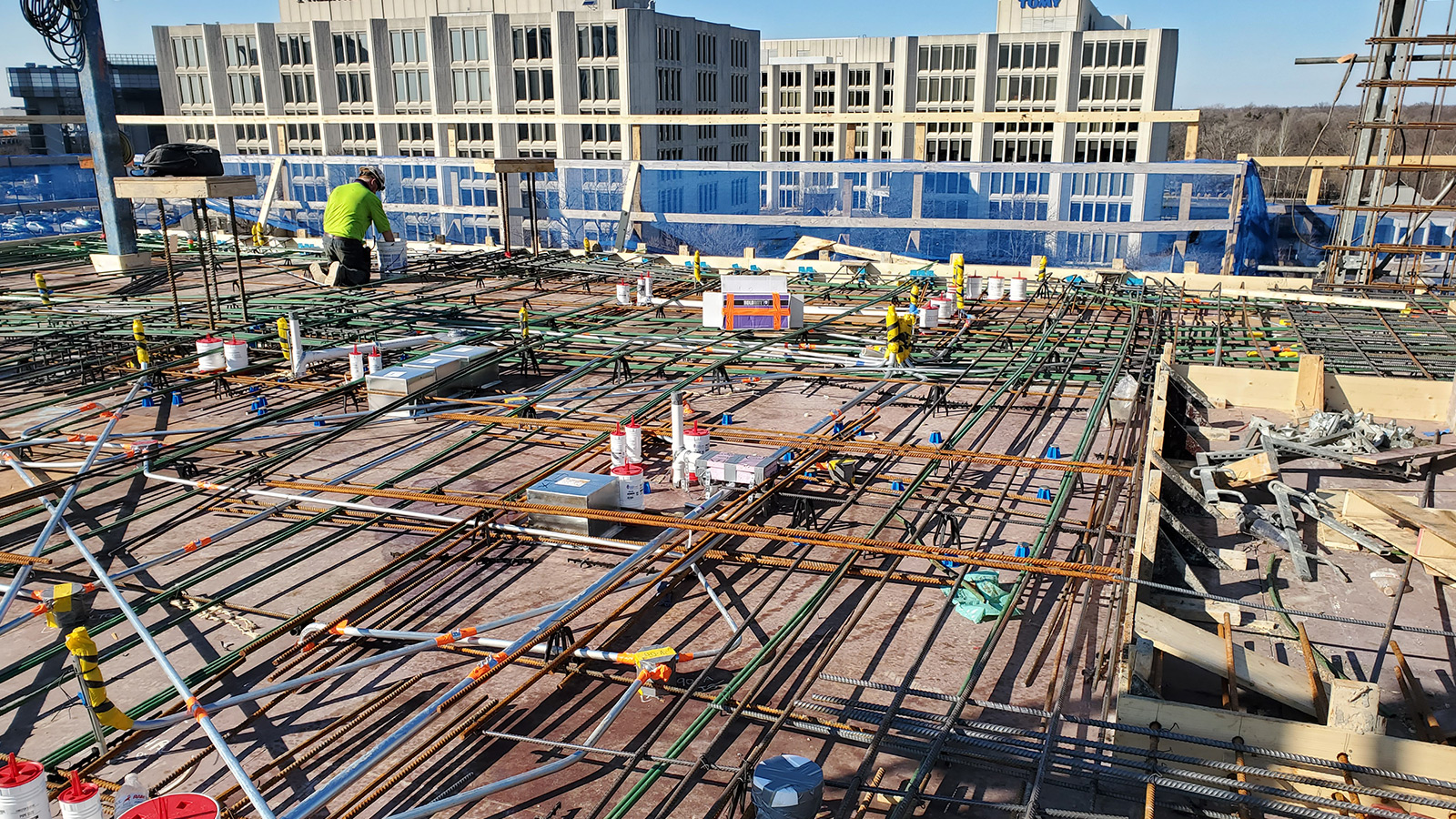5 tech tips to market real estate to millennials
Meet the millennials
Millennials, Gen Y, or ‘Generation Me’ – whatever you call them, the group born between 1980 and 1997 is an important one. For one thing, they account for around 27% of the global population or about 2 billion people. That’s the largest generational group the world has ever seen – even larger than their parents, the Baby Boomers.
As the hardest hit by the so-called ‘great’ recession, millennials are cautious with their finances, saving more than the Baby Boomers, and their older siblings in Generation X. But now this generation has come of age, and is moving into its prime spending years. Millennials are currently the world’s most important generational cohort for consumer spending growth, sourcing of employees, and overall economic prospects. During the economic downturn, many millennials delayed traditional markers of adulthood, including having children, marrying, or buying a home. The tide has turned, and now millennials represent approximately 34% of all home buyers: the largest single home-buyer group.
Marketing to millennials
Millennials think visually. As digital natives, they live and breathe technology and are immersed in social media.
Millennials don’t want to be pitched to in a traditional way. Instead they consume branded content that informs and entertains. They prefer to participate in a conversation rather than listen to a one-way sales pitch. They value authenticity and transparency, and rely on customer reviews and expect to share their personal experience online. Despite loosening their purse strings in recent years, they remain budget-conscious and their pre-purchase research process is complex — highly based in comparison and online reviewing.
Let’s get digital
According to the Real Estate in a Digital Age 2019, over 90 percent of real estate firms have websites, and the most common feature on those websites are property listings. This is a good investment, as the same report notes that 99 percent of millennials who are searching for houses are doing so online.
But technology can do so much more than simply replicate a newspaper listing. If you’re reading this, you probably have already covered the basics with a website and the most important online listing platforms, but what else can you do to market to millennials? We’ve rounded up five of the top tips.
1) Establish your credibility by starting a blog
Be a resource, not a sales pitch. According to the 2018 National Association of REALTORS® Home Buyer and Seller Generational Trends, 65 percent of of millennial buyers are first-time home buyers, and they are looking for guidance.

Establish your credibility as a resource by adding a blog section to your website. Write about informative subjects like the purchase process, mortgage strategies or market trends. Give practical tips on home maintenance and remodeling and also tell the story of that couple who searched for the perfect house for nearly a year, how they decided to come to you, and how you finally helped them find their dream home.
Make sure you allow comments and encourage customer feedback.
For tips on real estate blogging strategy, check Nancy Tallman’s article “Why blogging works in my real estate business”.
2) Be where your audience is by being active in social media
Meet millennials where they are. According to Goldman Sachs, millennials are twice as likely to trust a brand that is present on social media and are much more likely to search for products and services using social platforms.
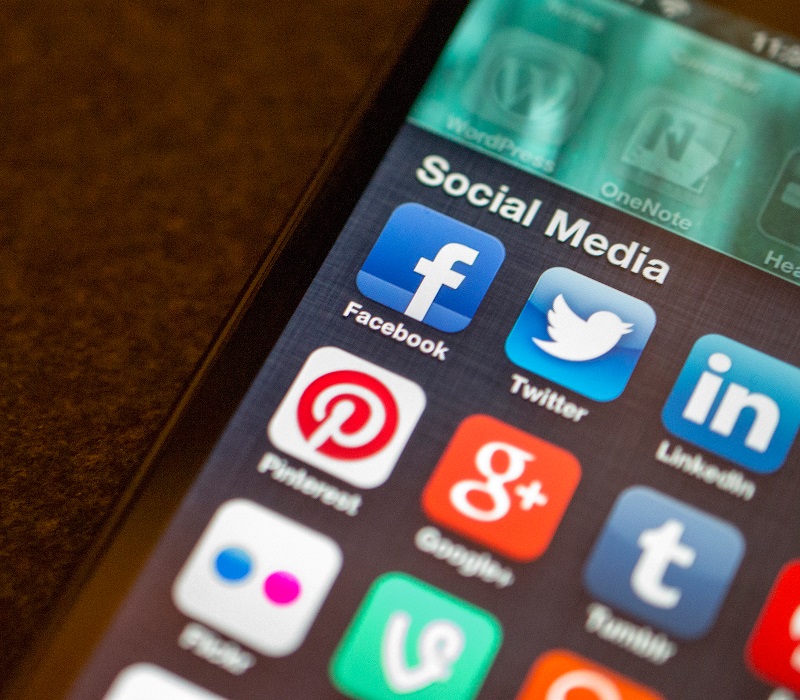
It is important to be where millennials are searching for homes and highlight the features that are important to them. Along with pictures and videos, share 3D models they can navigate and measure. Show the neighborhood. Showcase local stores, schools, hospitals, and restaurants. Help them envision themselves living there.
Have conversations. Remember it is not about blasting your message out. It’s about building personal, one-on-one relationships with your target audience.
3) Embrace transparency by live streaming an open house
Millennials craves openness and dialog. Gone are the days of faceless organizations with untouchable leadership.
Bring your commitment to transparency and interactive communication to the next level. Use your preferred social media platform to live stream an open house and engage with the virtual visitors in a real-time conversation.
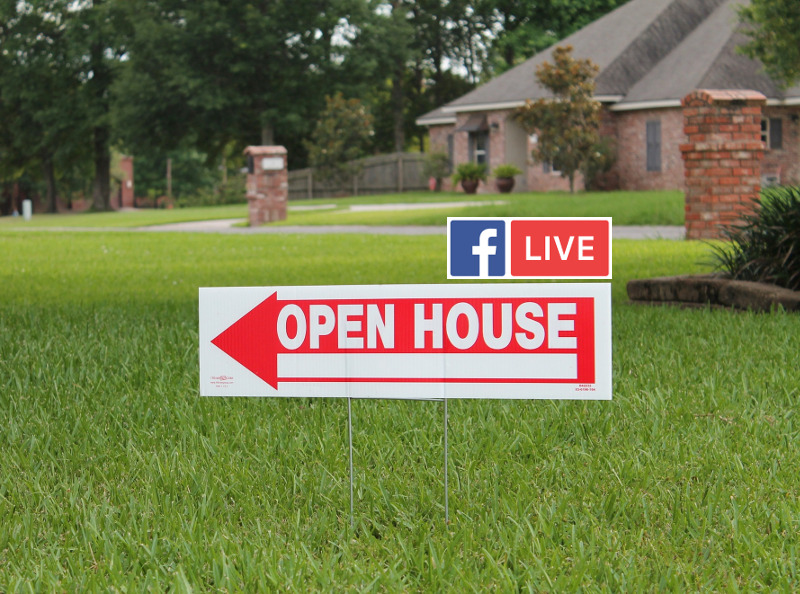
Once the open house lives treaming ends, most social media platforms allow you to save it as a video, and add it to your listings multimedia gallery.
4) Offer interactive property experiences by using Virtual Reality
Tour a property from anywhere in the world. Use immersive, engaging 3D content and set up virtual experiences. Enable your clients to explore the property from their own point of interest, as a first person experience.
Creating a virtual reality experience has never been easier. Photogrammetry software like Pix4Dmapper or Pix4Dcloud allows you to create photorealistic, interactive 3D models from pictures. In just minutes, you can share or upload your model to a to 3D visualization platforms like Sketchfab and get VR-enabled 3D content. You can then post this content in social media, or publish it on your website as part of your multi-media listing showcase!
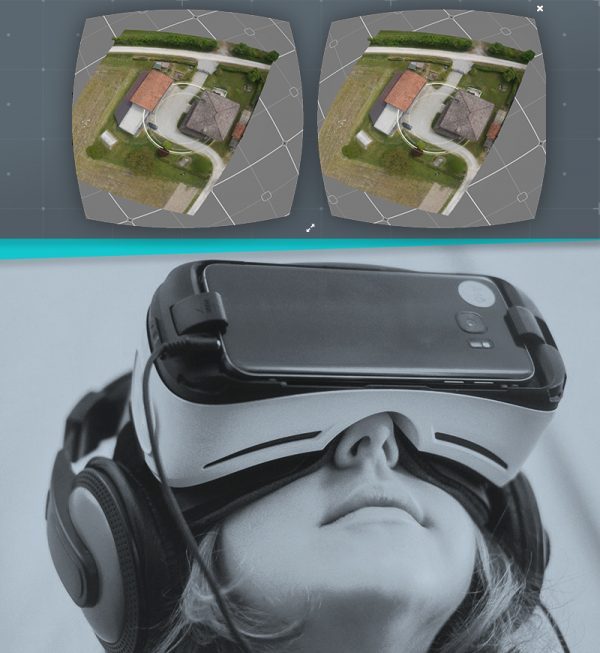
“These new technologies offer our customers a higher reach thanks to more innovative and immersive content. VR experiences have been proven to be recorded as a memory (hence emotions are involved) by the human brain, instead of as information.” Yann De Couessin – R&D engineer at XXIICREATIVE
5) Make it physical by using mobile marketing and AR
Augmented reality is more than just a game. When Pokemon Go put augmented reality (AR) in the spotlight, millennials took to the streets. These Pokemon hunters are now looking for houses.
Powered by technologies like GPS location, image recognition, and beacons, mobile proximity marketing delivers highly-contextual information to your prospects’ phones when they are physically close to one of your listings.
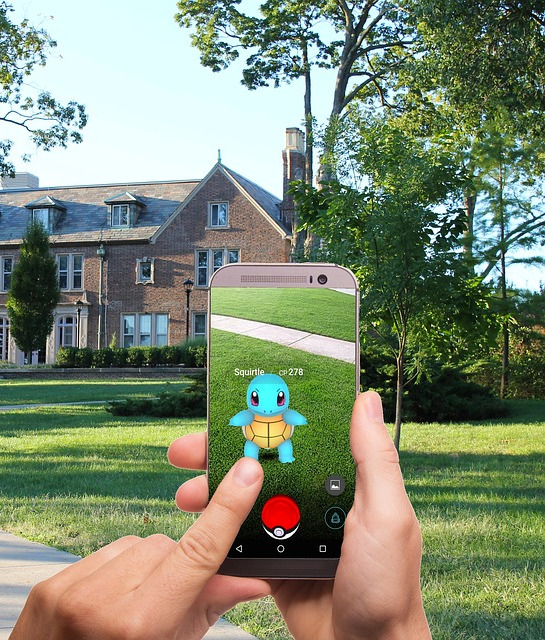
Imagine sending highly-targeted content directly to the mobile device of potential buyers who have installed your home searching app and are in a range of one of the properties you are promoting. Then, as they get closer to the property, you guide them through more details about the property and the neighborhood.
This technology initiates contact with the home buyer instead of requiring the buyer to perform an action first, and is able to integrate and trigger augmented reality (AR) experiences.
Not ready to launch an app? Consider geo-located advertising.
Interested in creating interactive property experiences? Use these new marketing strategies and tools to connect with millennials where they are and offer them highly engaging, meaningful experiences.
With a drone or a handheld camera and Pix4Dmapper or Pix4Dcloud you can create 3D models of your listings in just minutes. Take pictures and our software will transform these images into a 3D model you can share, annotate, measure, publish in VR or 3D print.
